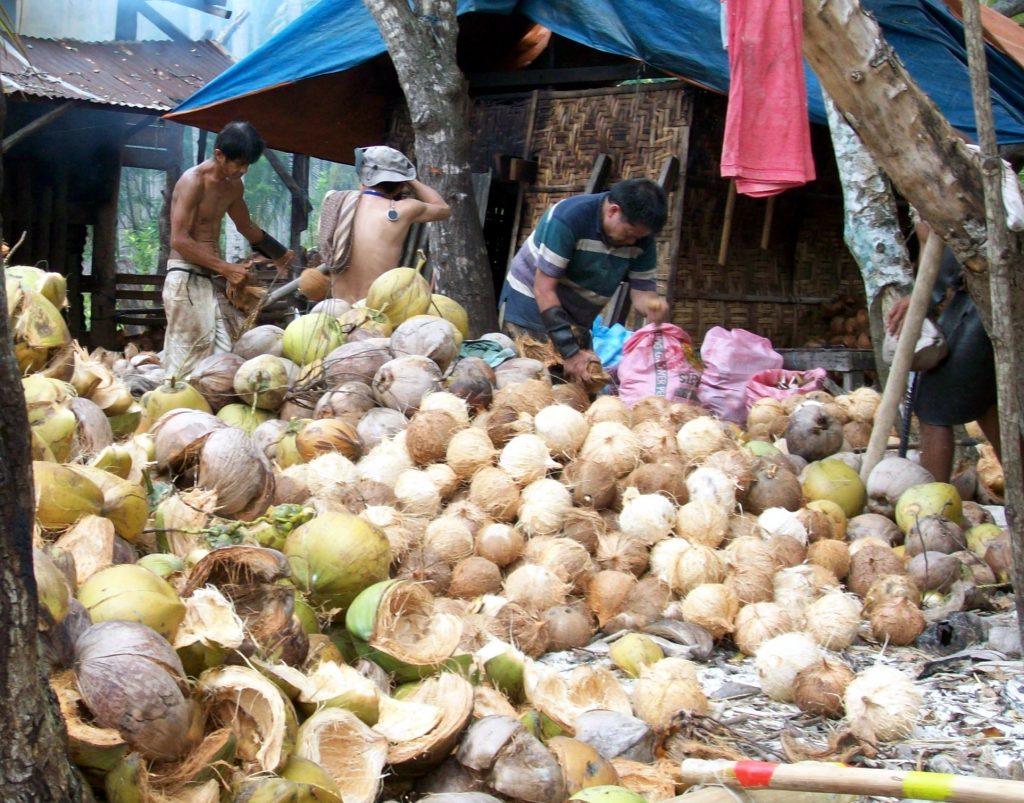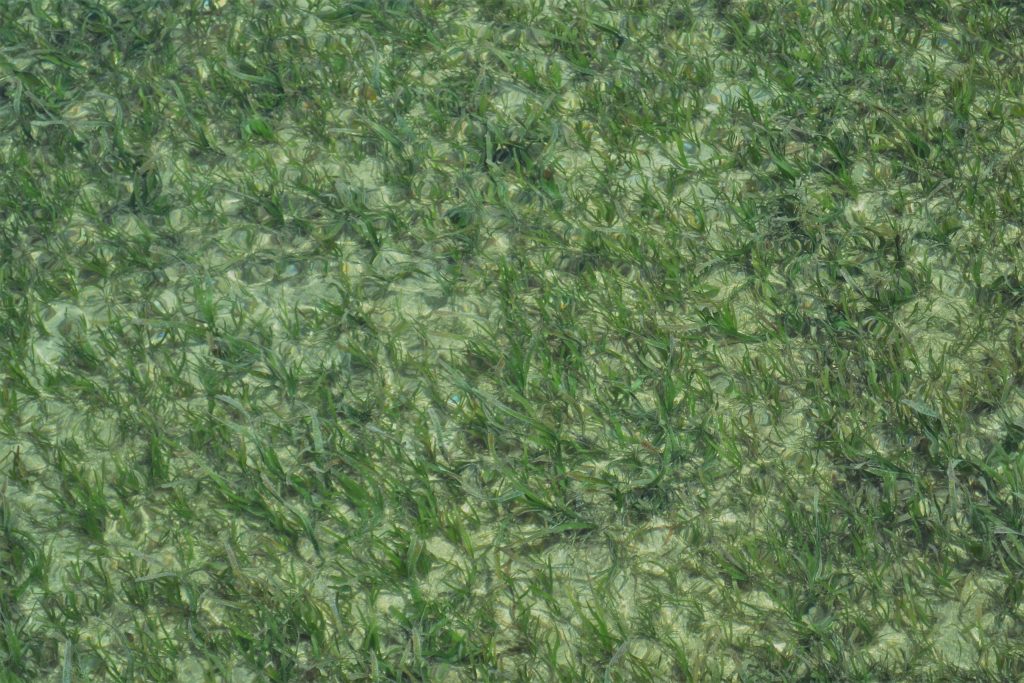As a result of human activities (fossil fuel combustion, deforestation, mining, refrigeration, livestock production and rice cultivation, to name a few), the world’s climate has been changing – not for the better but for the worse.

Because of these follies, the amounts of trace gases such as carbon dioxide, methane, chlorofluorocarbons (CFCs), and nitrous oxide released into the atmosphere have considerably increased.
Because these gases trap heat, they have been singled out as those that cause the shifting of climate all over the world, causing devastating consequences like sea level rise, stronger storms, floods and droughts, melting of the ice caps, ocean acidification, and looming food crisis.
Five years ago, the Climate Change Commission listed the Philippines as among the top ten countries most vulnerable to the impacts of this phenomenon. “Climate change is more disastrous to the agricultural industry of the Philippines and its neighboring Asian countries than in other parts of the world,” argues Dr. David Street, of the US Argonne National Laboratory.
A World Bank report, Getting a Grip on Climate Change in the Philippines, has issued the same prediction. “Climate-related impacts are expected to reduce agricultural productivity in the Philippines,” it said.
In 2011, it was reported that the annual damage to agriculture from typhoons, droughts and floods reached P12 billion or equivalent to 3% of total agricultural production in the country.
Rice, the country’s staple food, will be greatly affected by climate change. “Increasing carbon dioxide leads to increased photosynthesis and, potentially, more rice biomass. But concurrent increases in global temperature could also potentially limit rice harvests by increasing spikelet sterility,” the Laguna-based International Rice Research Institute (IRRI) said in a statement.
“More carbon could also increase biomass of known weeds when compared with that of rice, which could limit rice growth in the future,” IRRI explained. “Higher temperatures, especially in tropical areas that are already near or above the optimum temperature for rice, will reduce growth and yields.”

But it is not only Filipino farmers who will be greatly affected by climate change. “In the decades ahead, the most serious consequences will be felt in coastal and urban areas,” the World Bank report warned. “Severe hardships are expected in agriculture and fisheries, leading to negative impacts on jobs and the economy.”
Even minor changes in ocean dynamics can cause severe impacts. For example, during the 1998 to 1999 El Niño Southern Oscillation event, the country’s live coral cover decreased by half, diminishing the fisheries yield by more than P7 billion.
The lack of concern among Filipinos have aggravated the impacts of climate change in the country. “Widespread mining and deforestation in Mindanao were blamed for recent flash floods, including those produced by Tropical Storm Sendong in 2011, which cost the lives of about 1,000 people,” the World Bank report noted.
It is not happening not only in the Philippines but throughout the world. “We are in trouble. We are in deep trouble with climate change,” said United Nations Secretary General Antonio Guterres during the opening of the 24th annual UN climate conference held in Poland.
“It is hard to overstate the urgency of our situation,” Guterres pointed out. “Even as we witness devastating climate impacts causing havoc across the world, we are still not doing enough, nor moving fast enough, to prevent irreversible and catastrophic climate disruption.”
Are there some ways out?
If farming contributes to the problem, can it be part of the solution, too? Take the case of rice, a plant that grows best in wet soil, with its roots flooded. “But flooded rice crops emit substantial amounts of methane to the atmosphere,” reminded L. Hartwell Allen, an American soil scientist at the Crops Genetics and Environmental Research Unit in Gainesville, Florida.
It’s the decomposition of organic material in flooded rice fields that produces methane. “Traditionally, farmers flood their rice fields continuously and incorporate 4-5 tons of rice straw per hectare at land preparation,” says a report released by the Philippine Council for Agriculture, Aquatic and Natural Resources Research and Development (PCAARRD).
If there is a will, there’s a way. In Isabela State University, a study funded by PCAARRD showed that by using simple science-based strategies, farmers can contribute significantly to the reduction of methane emissions. For instance, mid-season drainage of irrigation water reduced methane emission by 48%.

Meanwhile, composting of rice straw resulted in 64% less methane emission released in the air. By combining mid-season drainage and application of rice straw compost, methane emission is further reduced by 81%.
Planting trees can also help curb climate change, according to Dr. Pieter P. Tans of the US National Oceanic and Atmospheric Administration. In an analysis of thousands of air samples that his team conducted, he found that planting trees and other plants could “have a powerful effect in combating the buildup of carbon dioxide in the atmosphere.”
One of the trees that may help do the trick is not actually a tree but a grass. It is bamboo, touted to be “the green gold of the forest.” PCAARRD describes it as “the closest material that can be used as substitute to wood.”
“Bamboo’s fast-growing and renewable stands sequester carbon in their biomass – at rates comparable to or superior than many tree species,” says the International Bamboo and Rattan Organization (INBAR). “The many durable products made from bamboo can also be potentially carbon negative because they act as locked-in carbon sinks in themselves and encourage the expansion and improved management of bamboo forests.”
Bamboo also reduces carbon release. “Bamboo helps avoid fossil fuel use by offering an alternative, highly renewable source of biomass energy,” INBAR says. “Studies show that bamboo charcoal has a calorific value similar to that of wood charcoal – with far less pollution.”
A good thing about bamboo is that it can easily adapt to a wide range of habitats from lowland to mountain forests in both dry and humid tropics. “Bamboo can even survive on wastelands, swamps and dry or regularly flooded river banks,” PCAARRD says. “They are able to absorb more water for storage during the El Niño season because of their wide spreading root system.”
Just like bamboo, coconut has varied uses. The Philippine Coconut Authority (PCA) and other government agencies are urging Filipinos to plant more coconuts in their farms. They claim that by planting more coconuts, the Philippines can also help stave off the effects of climate change.
“These coconut lands could be developed for income generating carbon sequestration projects and carbon credit market,” pointed out PCA’s Severino S. Magat.
In his paper presentation entitled, “Productive and Sustainable Coconut Farming Ecosystems as Potential Carbon Sinks in Climate Change Minimization: A Review and Advisory Notes,” Magat explained the important role of the coconut lands against the negative impacts of climate change.
In coconut, as in most tree crops, carbon is stored or sequestered both by the biomass and the soil of the ecosystem, indicating that the biomass and the soil are the main carbon sinks of atmospheric carbon dioxide. These “carbon sinks” could be regulated and managed to a great extent by following proper cropping practices, according to Magat.
A two-year study conducted by PCA showed the annual rate of carbon sequestration in local tall variety coconut crop is 4.78 tons carbon per hectare. That is equivalent to 17.54 tons of carbon dioxide per hectare, Magat claimed.
The Philippine may help mitigate climate change by sequestering significant pollutant carbon dioxide from fossil fuel-run vehicles. This can be done by tapping its huge carbon stock potential from its ocean’s seagrasses, according to a research arm of the Department of Environment and Natural Resources (DENR).
The DENR’s Ecosystems Research and Development Bureau (ERDB) has embarked on a basic research on carbon sequestration potential of seagrass beds. A blue carbon study conducted in Lian, Batangas showed that the 50-hectare seagrass meadows can capture 97 megagrams of carbon dioxide equivalent to the annual emission of 20 cars.
“Some people think seagrasses are mere colonizers and can quickly appear and disappear. Others think that planting of mangroves on seagrass beds is all right. As such, our objective is to unfold another important ecological value of seagrasses in the ecosystem,” said Jose Isidro Michael T. Padin, ERDB supervising science research specialist.






